Pulses. A fancy word to describe the ever-so-delicious and protein-packed chickpeas, lentils, and dry peas. I am truly fascinated by the different types available and love picking up a new variety every time I go for my Indian groceries. My pantry now contains over 20 different varieties!
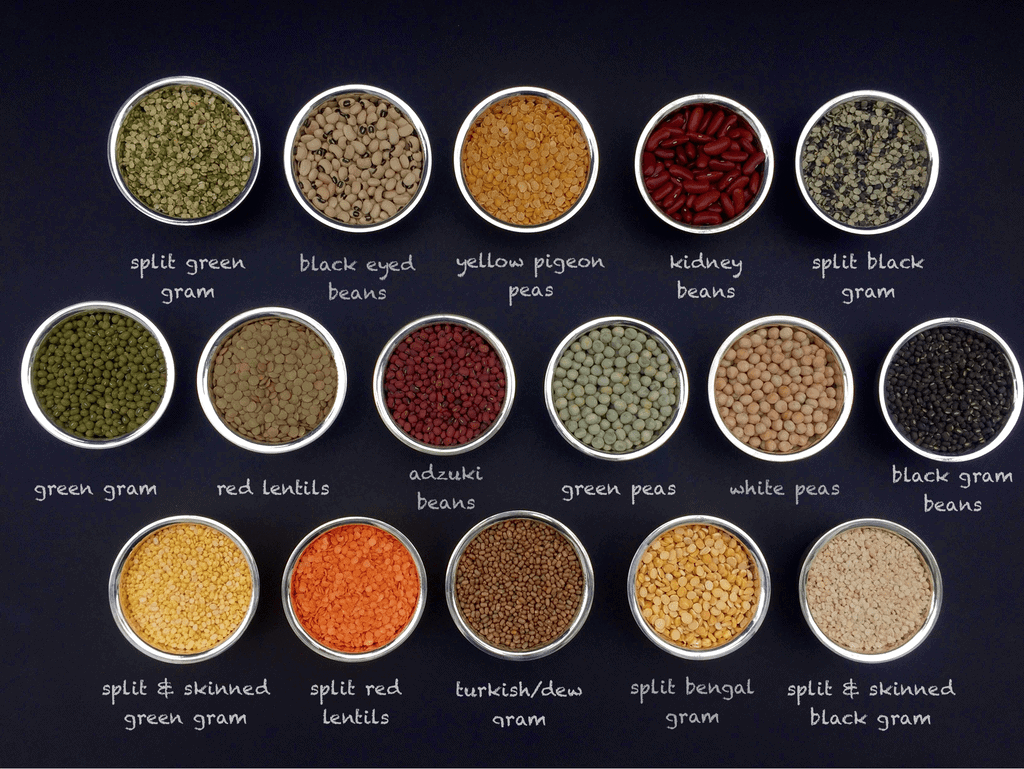
My love for the versatile pulses has increased over the last 15 years. The possibilities are endless and the different dishes are healthy and filling.
When I first started cooking I found it very difficult to differentiate between some of the yellow lentils. And there were also common lentils, like red lentils, that I had no idea how to use other than in my lentil rangoli.
What are pulses or Lentils/Beans?
Before I dive into some of my favorite pulses and the common recipes I use them for, here is my brief understanding of various pulses.
- Pulses are part of the legume family, but the term “pulse” refers only to the dried seed. They are dried legumes that grow in a pod of one to twelve seeds.
- Includes beans, lentils, peas, and other little seeds referred to as lentils or beans.
- Dal is often translated as “lentils” but actually refers to a split version of a number of lentils, peas, chickpeas, kidney beans, and so on. If a pulse is split into half, it is daal. For example, split Mung beans are Mung daal.
- Indian pulses are usually available in three types: the whole pulse, the split pulse with the skin on, and the split pulse with the skin removed.
When babies are ready to eat solid foods they usually will start with khichadi which is made with rice and a combination of lentils cooked very soft. When I started making this for my first son Aum, it was the easiest and most healthy food I could offer. I would pressure cook some rice with lentils, spinach or carrots, a little bit of turmeric, salt, and ghee and he would eat away! Khichdi is still one of our family favorites though now I make it much more flavorful by adding spices, ginger, garlic, and cumin, and the lentils that go in vary.
My weekly meal preparation usually involves soaking some whole beans like green gram or red lentils and then sprouting them. Sprouts can be refrigerated for 8-10 days and can be used in curries, rice dishes, salads, or to snack on. I also use lentils to make my favorite south Indian foods like Idli, Vada, Sambar, Rassam, and many different varieties of dosas. Check out lots of delicious recipes using lentils and beans in my The Essential Indian Instant Pot Cookbook.
Here are some of my favorite Indian pulses and a quick guide to their names in English and Hindi:
Green Gram Beans, Spilt Green Gram, and split and skinned green gram {Mung or Moong}
The tiny green gram beans are super tasty and make for easy and delicious mung bean curry. Whole beans can be sprouted and then used in curries, soups, or salads. Raw sprouted mung beans taste delicious as a snack. They also come in a split variety with and without skin on. These split lentils can be used in making healthy daal and rice dishes. The yellow moong dal is especially good for making Pav Bhaji Khichdi.
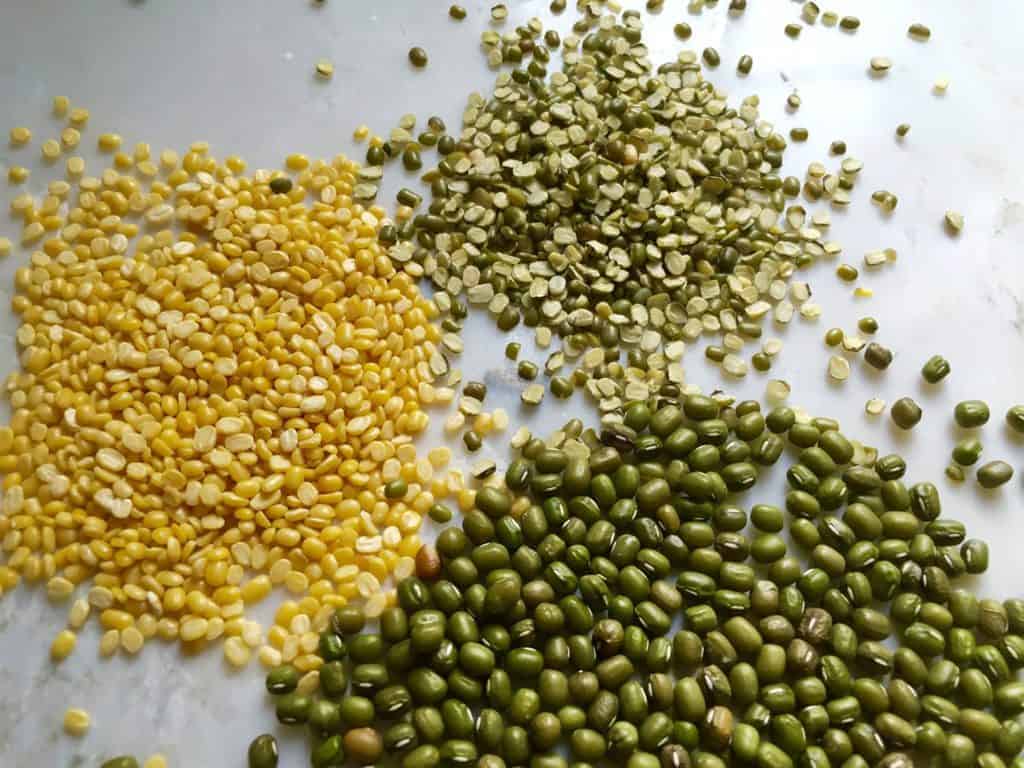
Black Eyed Beans {Chawli or Lobia}
These beans can be soaked and then cooked into delicious curries. These are our favorite beans for a weeknight curry. Soak them 5-6 hours before cooking or use your Instant Pot to cook them in under half an hour.
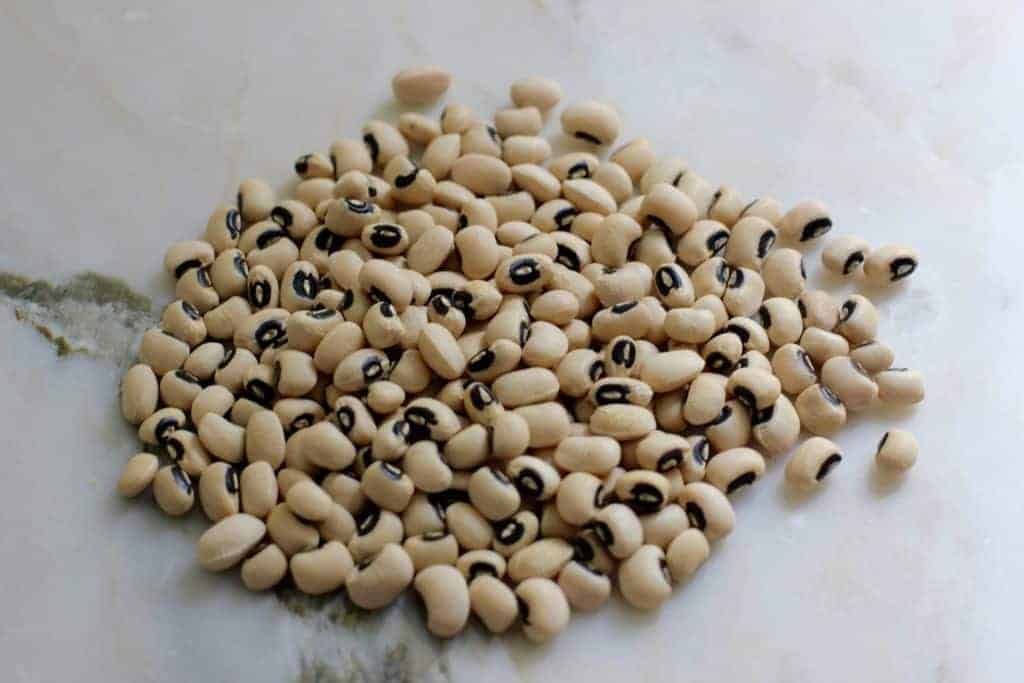
Red Lentils and Split Red Lentils {masoor}
Most common lentils are easily available in many grocery stores. Similar to the mung beans the whole red lentils can be sprouted and then used in curries, soups, rice dishes, and breakfast bowls. You can sauté them with some salt and pepper for a protein-packed breakfast or snack. The best part about the whole masoor is that they are easily available in regular grocery stores and makes for hearty brown lentil curry.
Split red lentils cook very fast and make delicious yellow dal. I love using them in my spinach dal recipe too as they cook much faster and are also lighter on the tummy. Red lentils are also perfect for making Dal Chilla - gluten-free and vegan flatbreats for breakfast or to serve with curries.
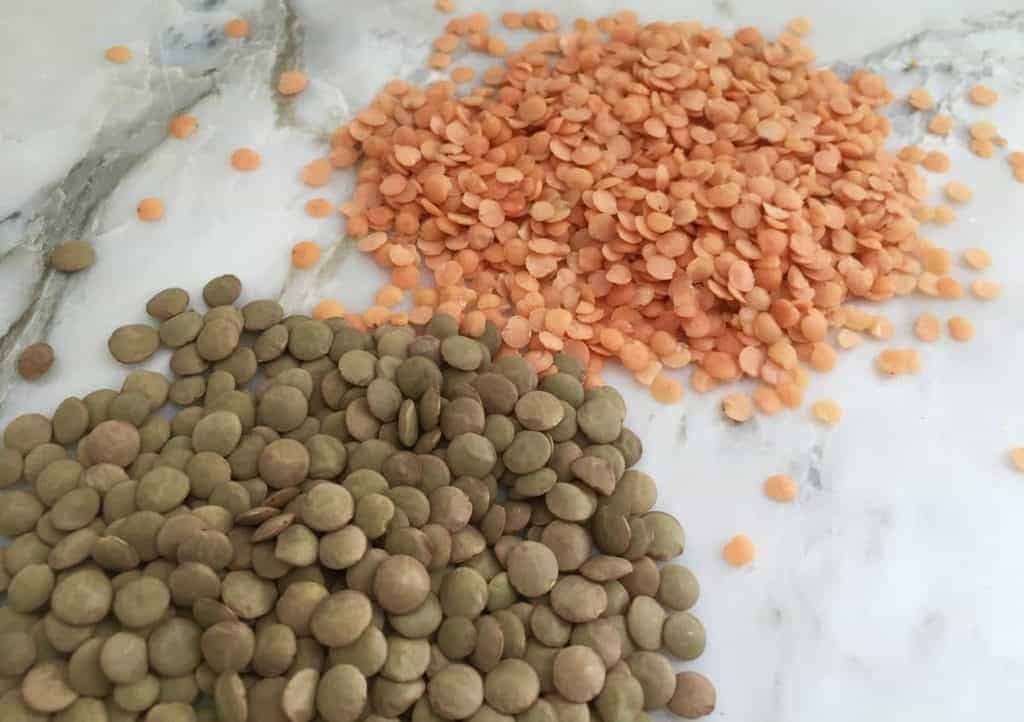
Yellow Pigeon Peas {Toor or Toovar Daal}
I am pretty sure these come as whole beans too but I only buy these split and skinned. In Maharashtra, where I grew up Toor Daal is used to make the everyday dal. My favorite version of this is the spinach dal, made with lots of garlic, spinach, and tomatoes! The South Indian Bisi Bele Bhath using Toor daal in Instant Pot comes out super authentic and tasty.
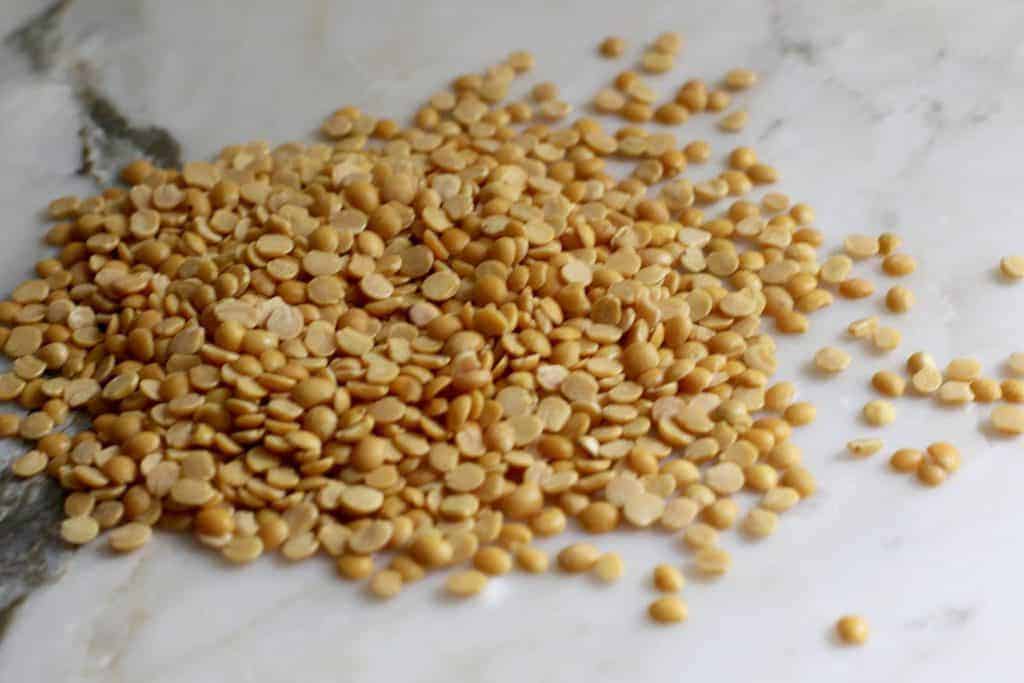
Adzuki Beans {Chori}
I never ate these small red beans while in India, but came across them here in the US while shopping for my Indian groceries. I soak these and make them into a curry with sautéed onions, tomatoes, ginger, and garlic. These are super flavorful and packed with nutrition like all of the others.
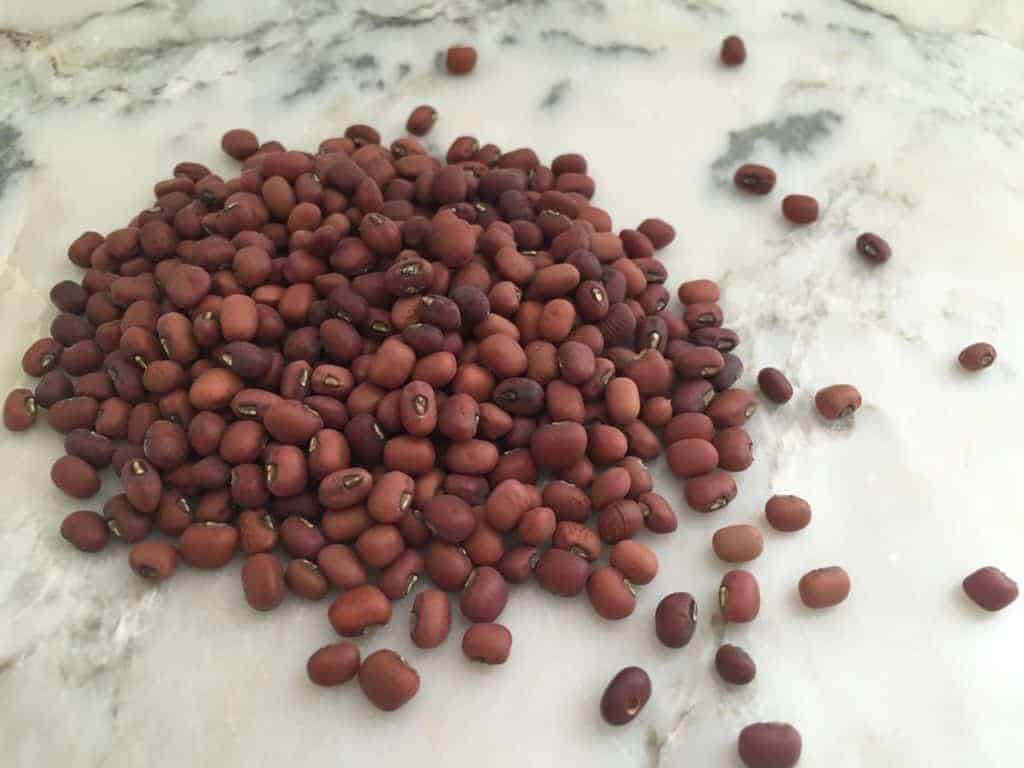
Turkish/Dew Gram Beans {Matki or Moth Beans}
These are my favorite beans to make the traditional Matkichi Usal, which is a spicy and delicious curry made with sprouted Turkish gram. They have a nutty flavor with an earthy aroma. These also come in the split and de-skinned form but I haven't tried them yet. Do try out my recipe for Misal pav using sprouted maki.
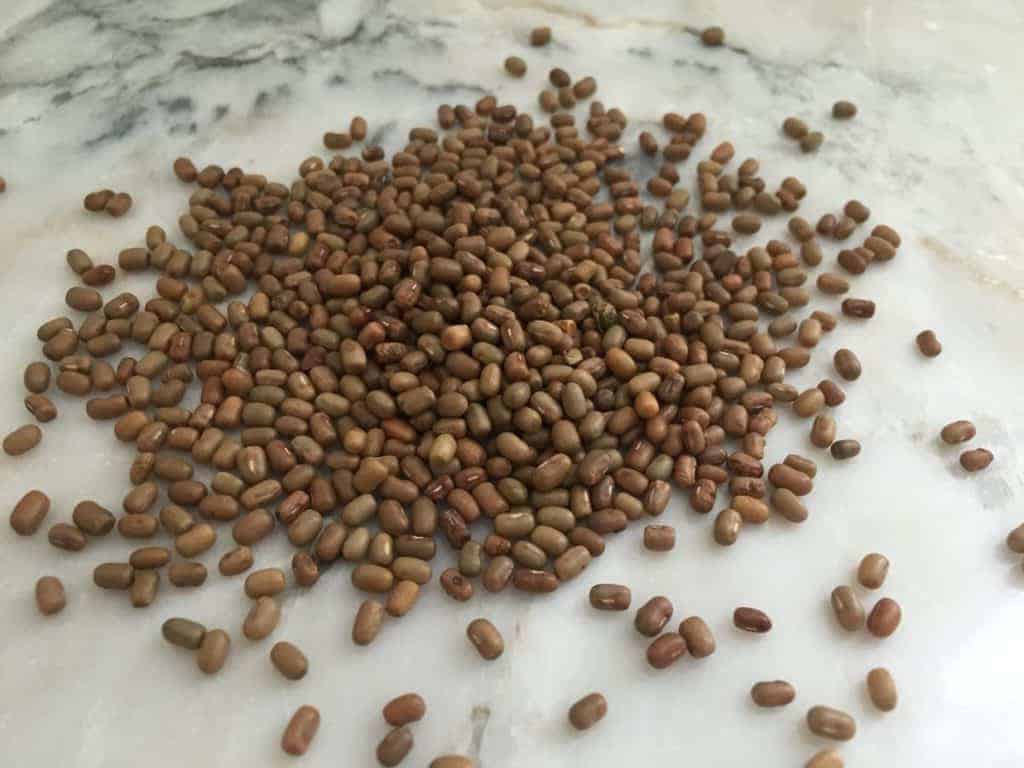
Red Kidney Beans {Rajma}
These are probably the most popular and common beans after the chickpeas and can be found in most grocery stores. These come canned and ready to use but I prefer buying the dry beans and soaking and then pressure cooking them similar to the other beans. These make amazing north Indian curries, daal and can be used in salads.
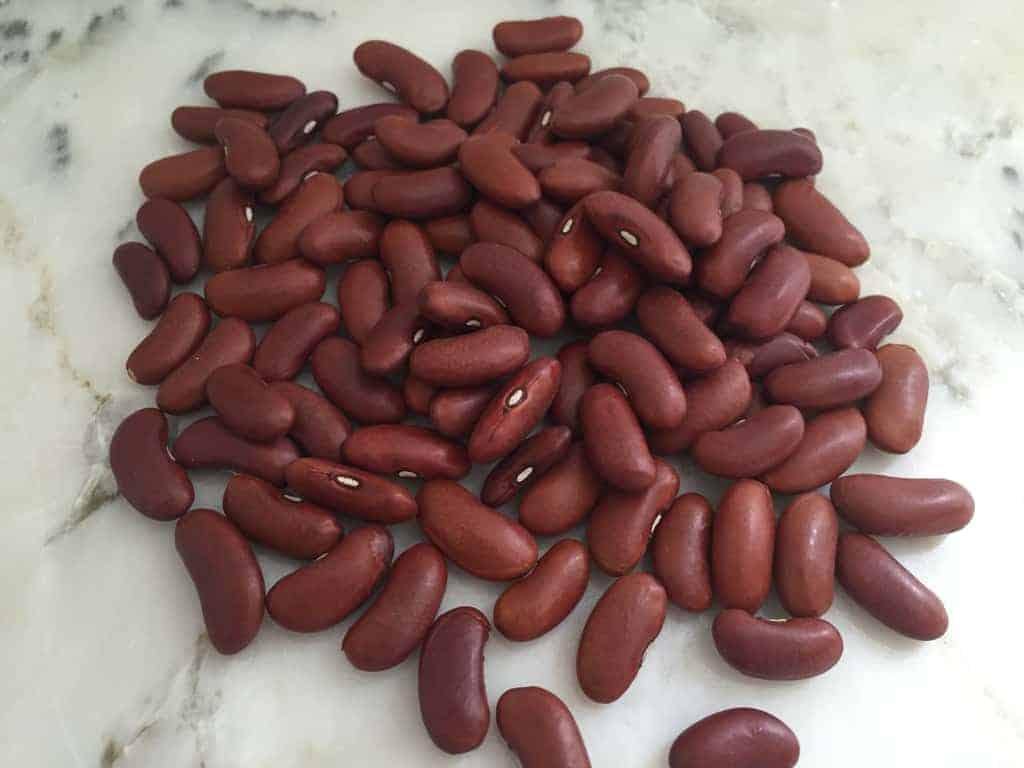
White and Green Peas {Vatana}
The dried white peas look very similar to chickpeas, except they are smaller and round. They are used in making the famous Ragda-Patties. Both white and green peas can be soaked and then pressure cooked to make delicious curries and soups. In India, people used dried green peas when fresh peas were not available.
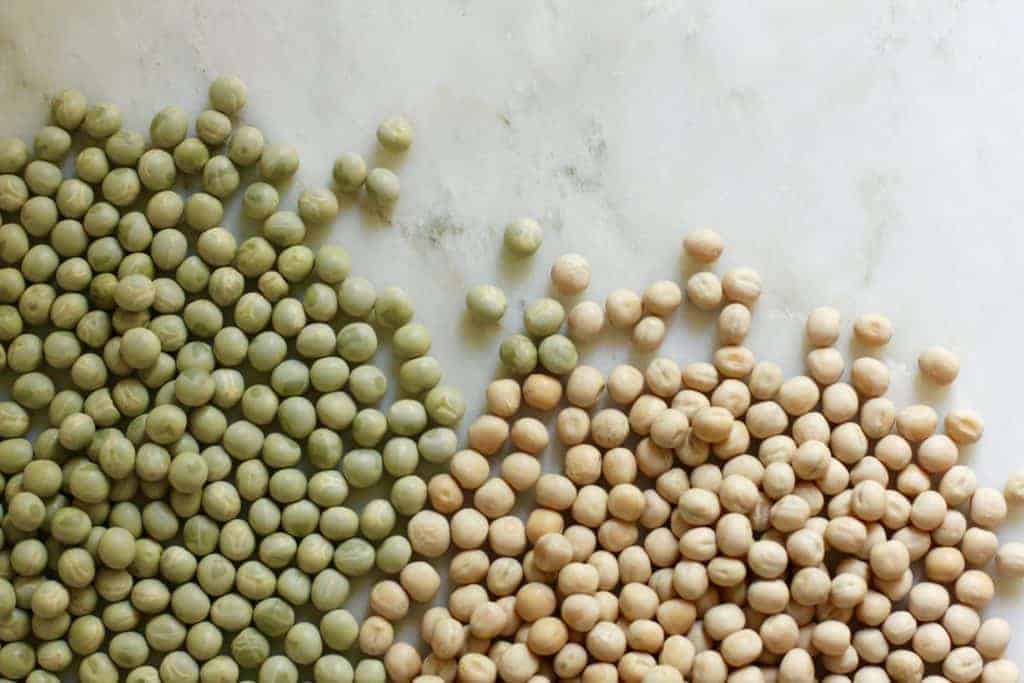
Split Bengal Gram {Chana Daal}
These like the yellow pigeon peas I always buy as split and de-skinned. Though lentils make delicious daals and other dishes, my favorite way to use them is in making authentic Puran Poli.
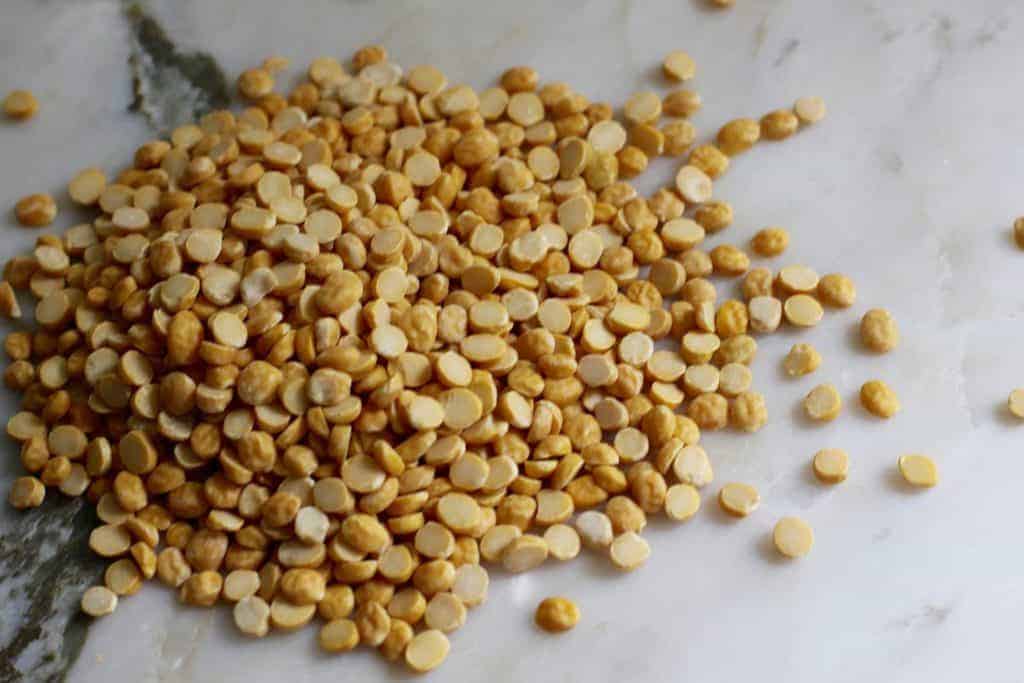
Black Gram Beans, Split Black Gram, and Split and Skinned Black Gram {Urad}
These are the small black beans similar in size to the mung beans. They have a very earthy flavor and when cooked come out a little sticky, which makes them a perfect lentil for making the popular and flavorful Dal Makhani! These lentils are widely used in India for making papadums. It is one of the main lentils used in South Indian cooking to make Idli batter and Dosa. My favorite dish using road dal is the No-fry Dahivada's or Dahi Bhalla!
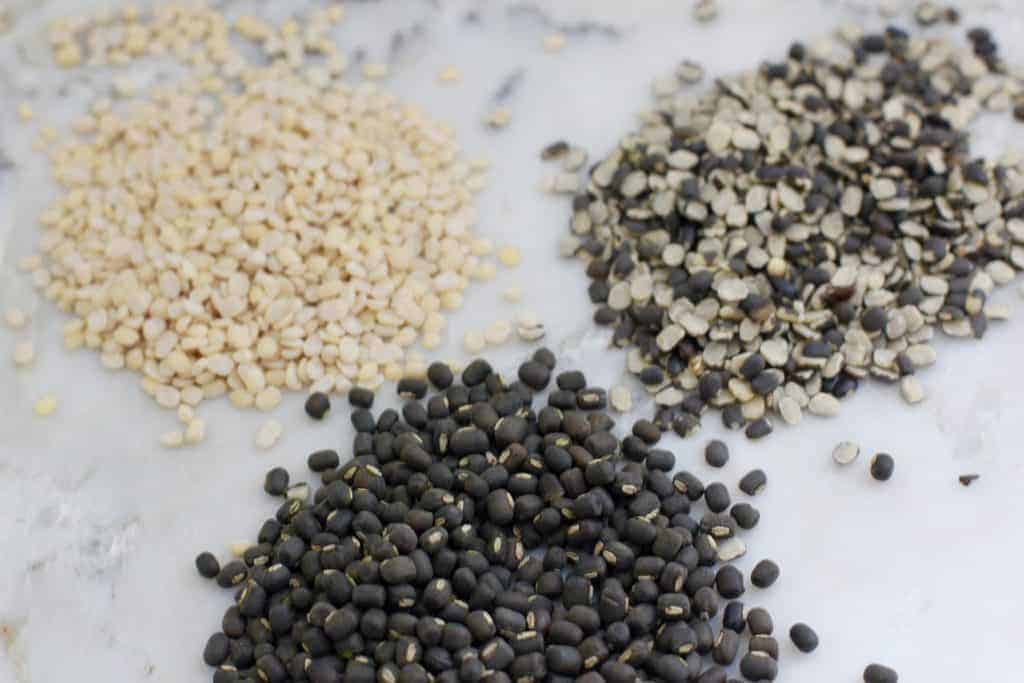
English & Hindi names for common lentils & Beans
| English Names | Hindi Names |
| green gram beans | mung/moong |
| spilt green gram | chilkewali mung daal |
| Split and skinned green gram | mung daal |
| black eyed beans | chawli / lobia |
| red lentils | masoor |
| split red lentils | masoor daal |
| yellow pigeon peas | toor daal |
| adzuki beans | chori |
| turkish/dew gram | moth |
| kidney beans | rajma |
| green peas | hari matar |
| white peas | safed matar |
| split bengal gram | chana daal |
| split black gram | chilkewali urad daal |
| black gram beans | urad |
| split and skinned black gram | urad daal |
Check out this collection of easy, healthy, and delicious Indian Lentil and Bean recipes using Instant Pot Pressure Cooker.
Did you enjoy reading about all the different lentils and beans used in Indian cooking? Here are some other cooking basics you may find interesting:
- Homemade Ghee
- Indian Spice Box
- EASY 5-ingredient Garam Masala
- Mom's Garam Masala - heirloom recipe
- How to make homemade Paneer Cheese
- Sprouting Beans


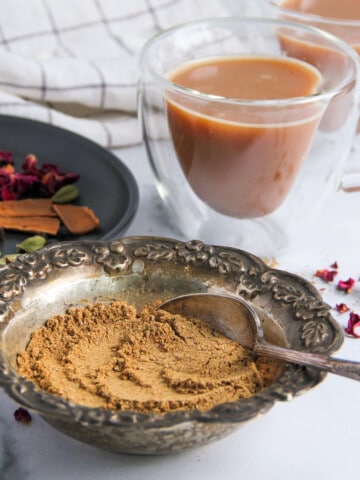
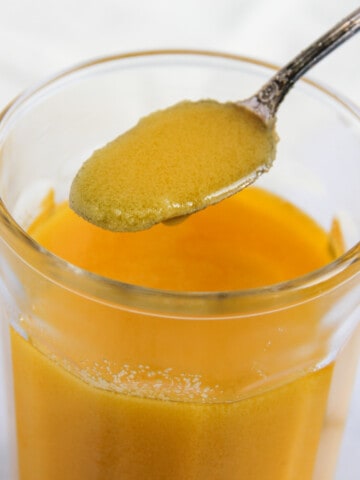
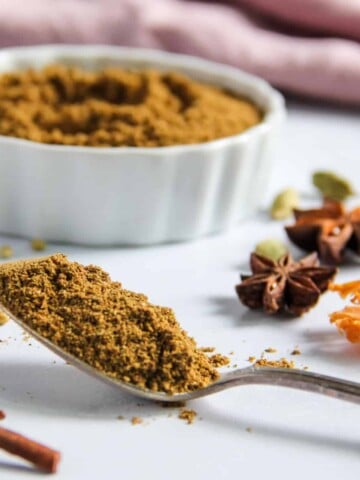
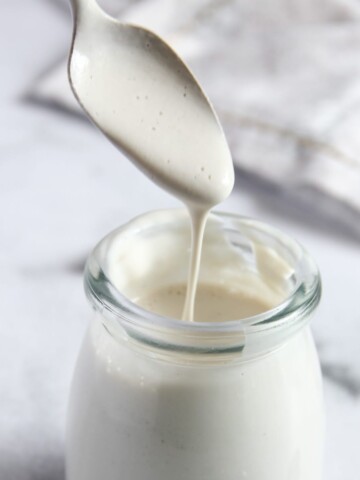
Wendy says
Hi, Thank you for putting these together. I was lost when walking into an Indian grocery store. I want to learn simple and easy and healthy Indian bean recipes. Your blog helps me a lot including what are thee legumes and their name used in India.